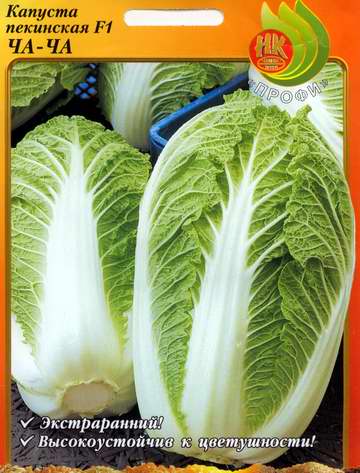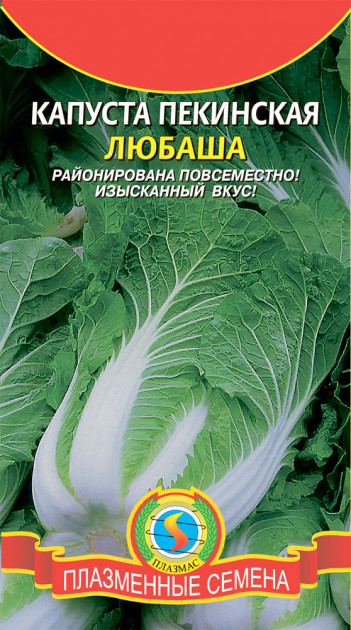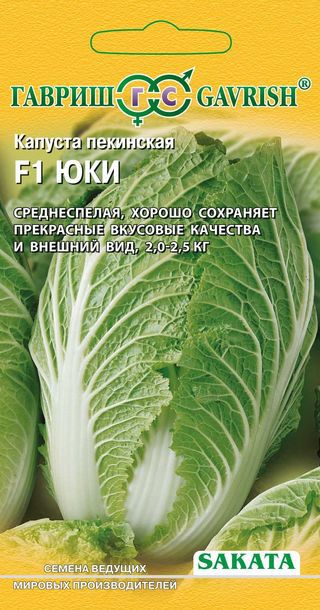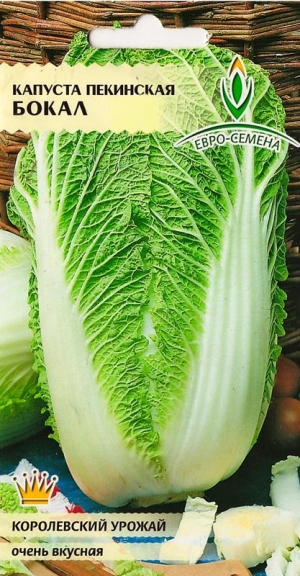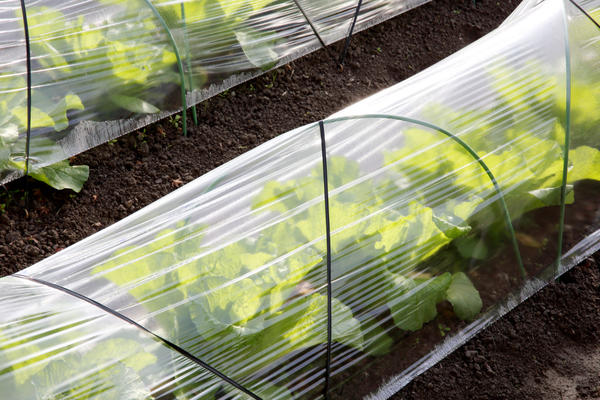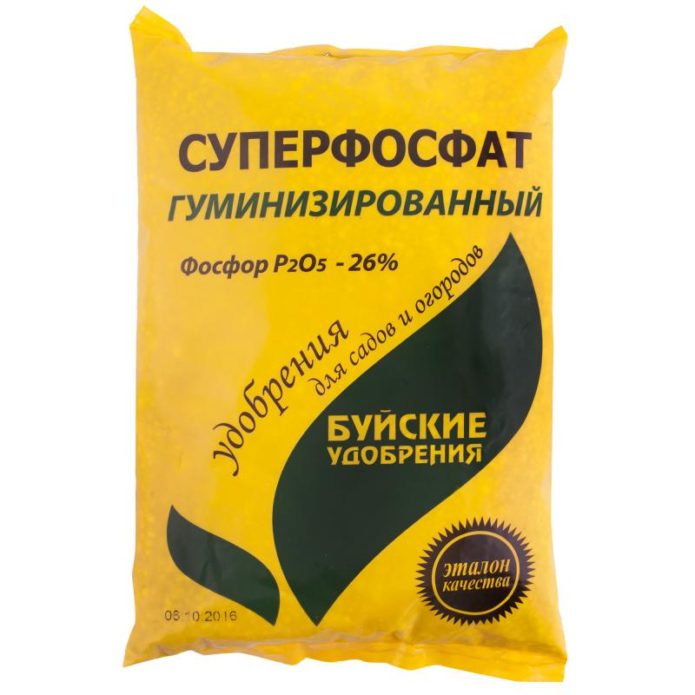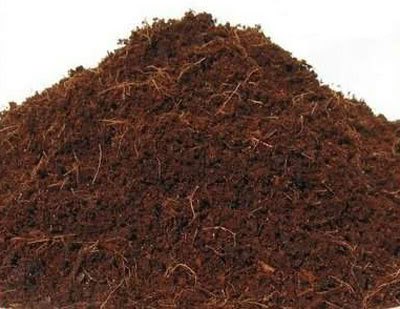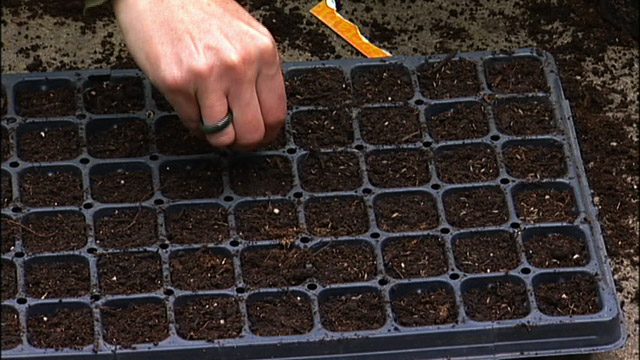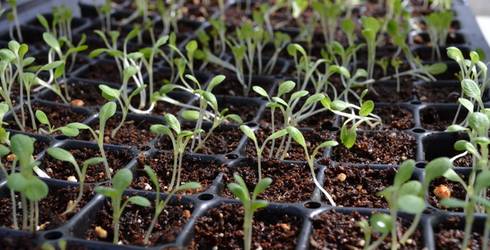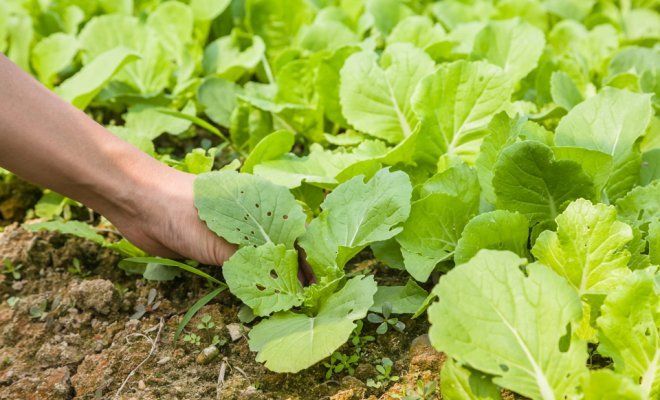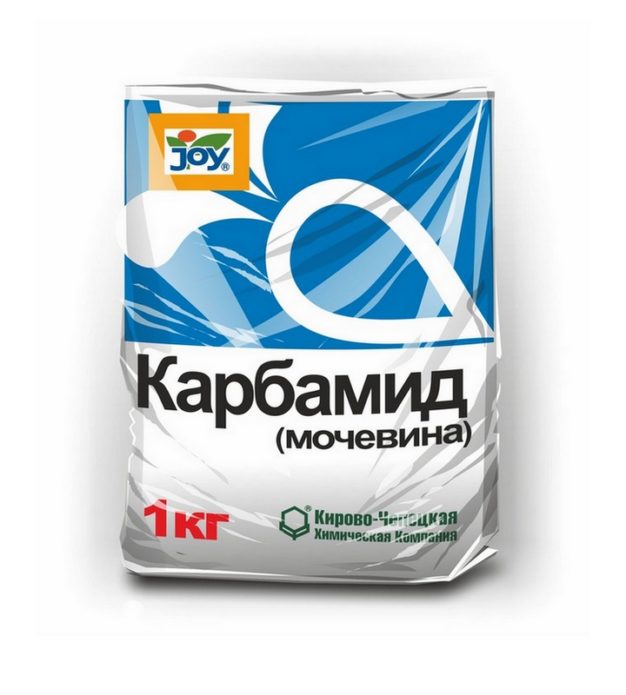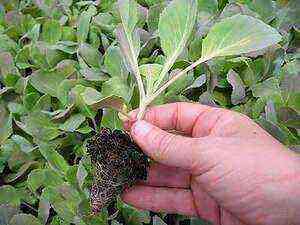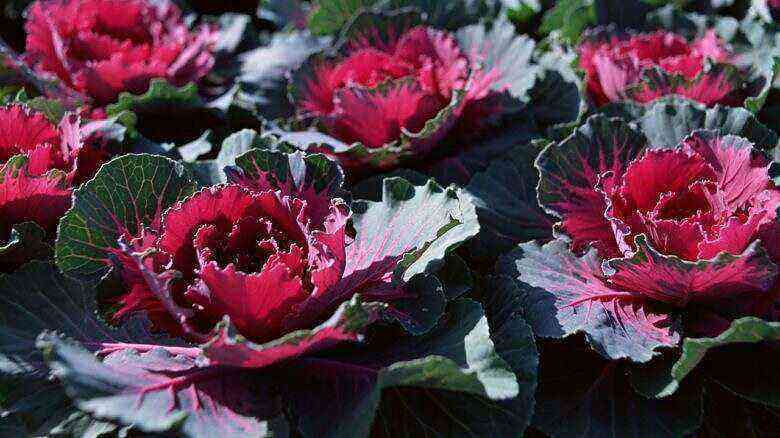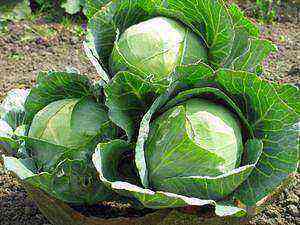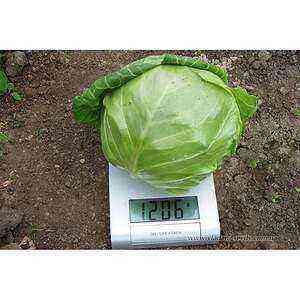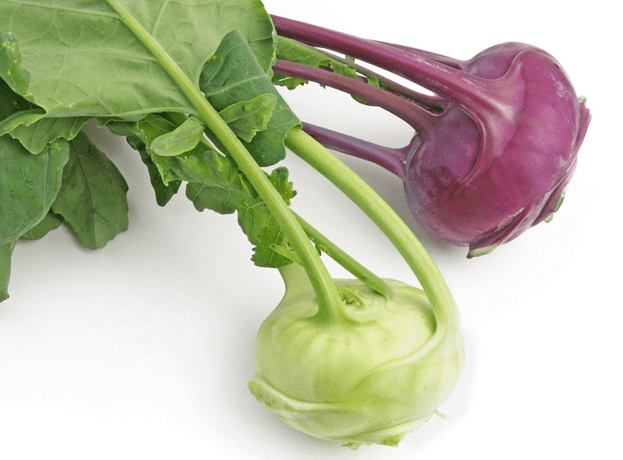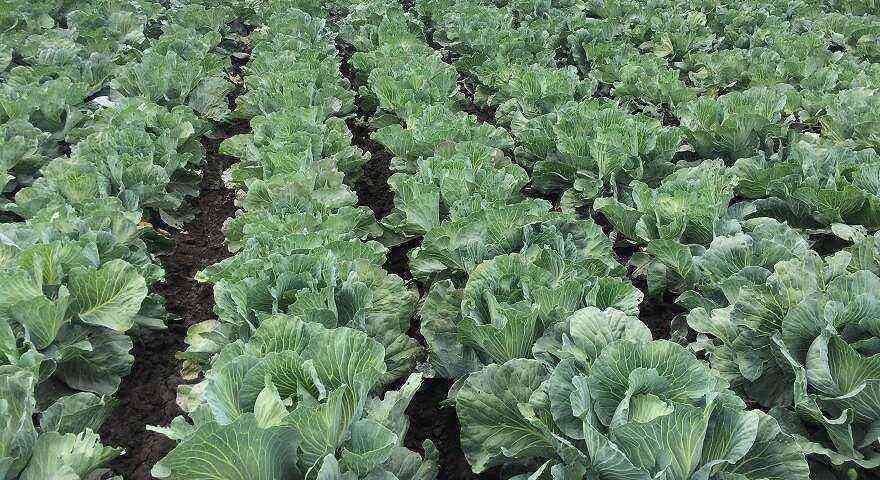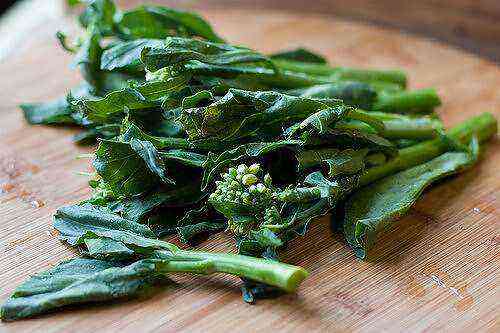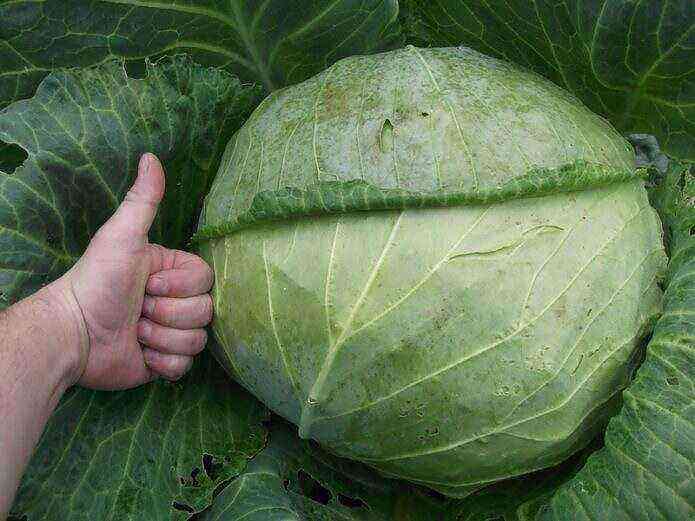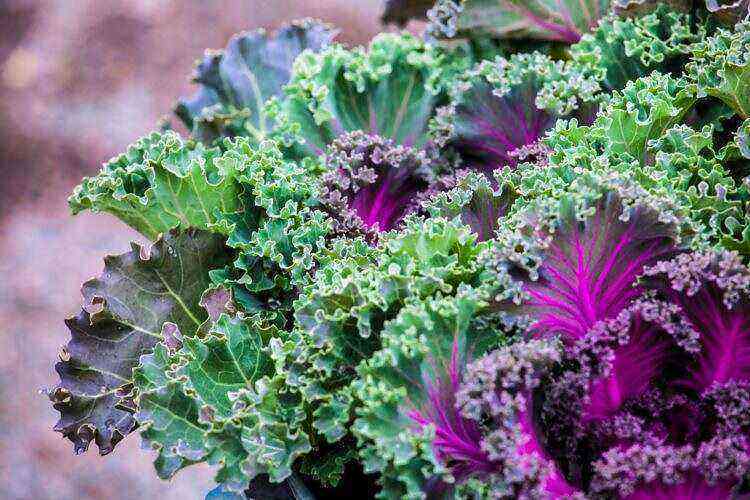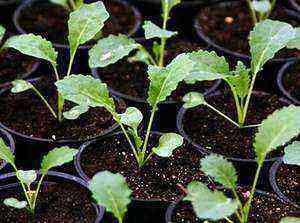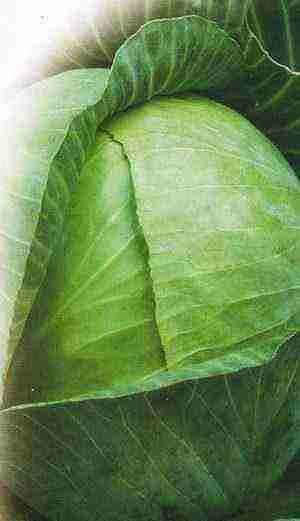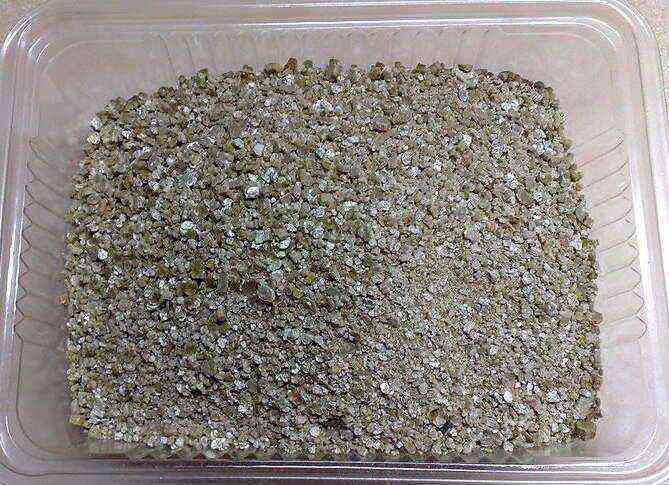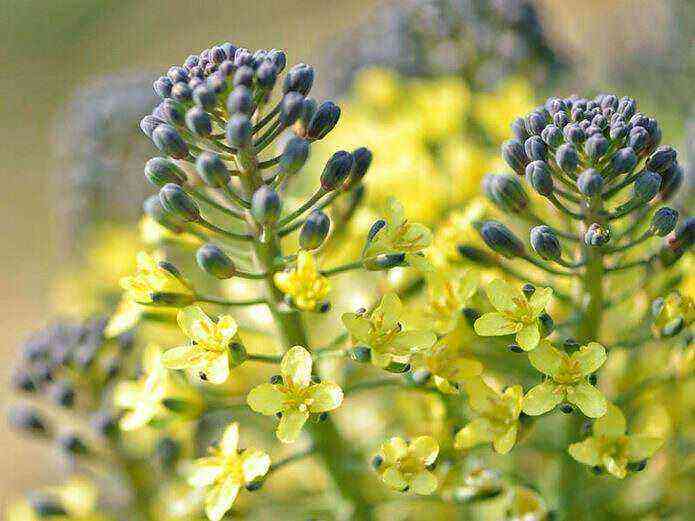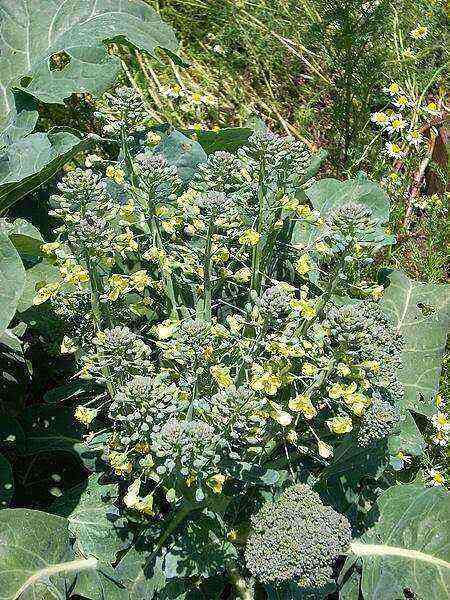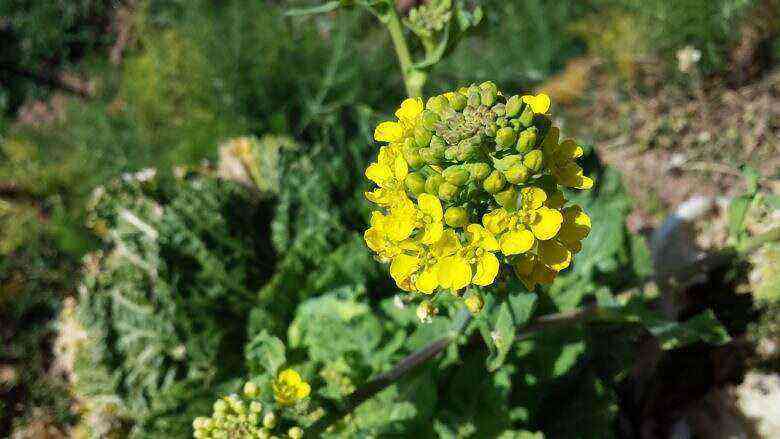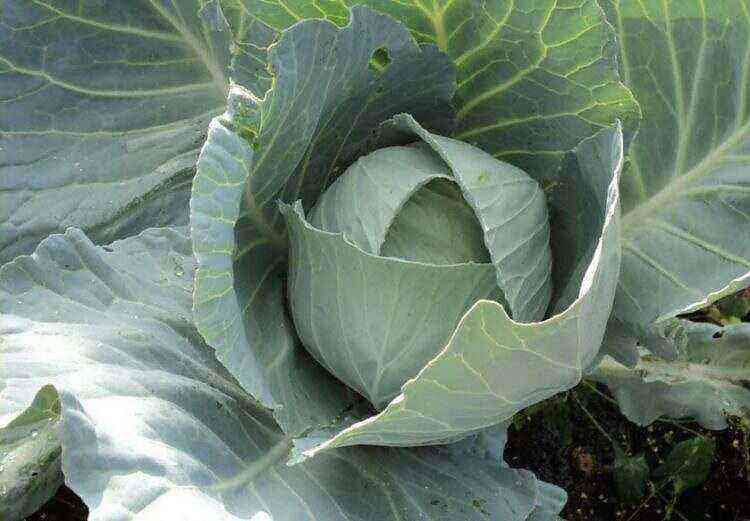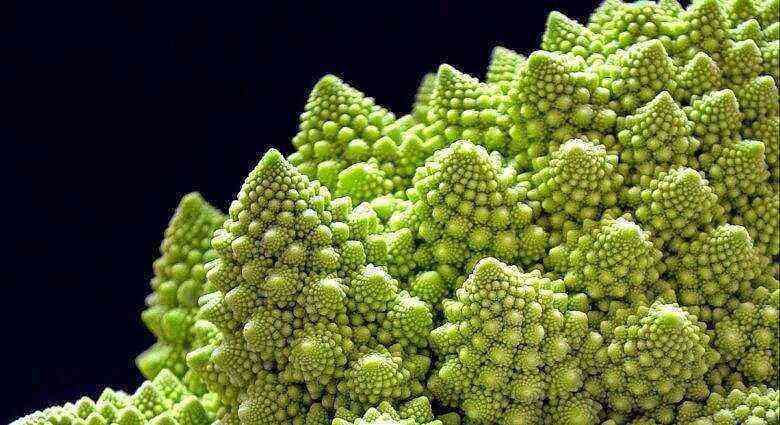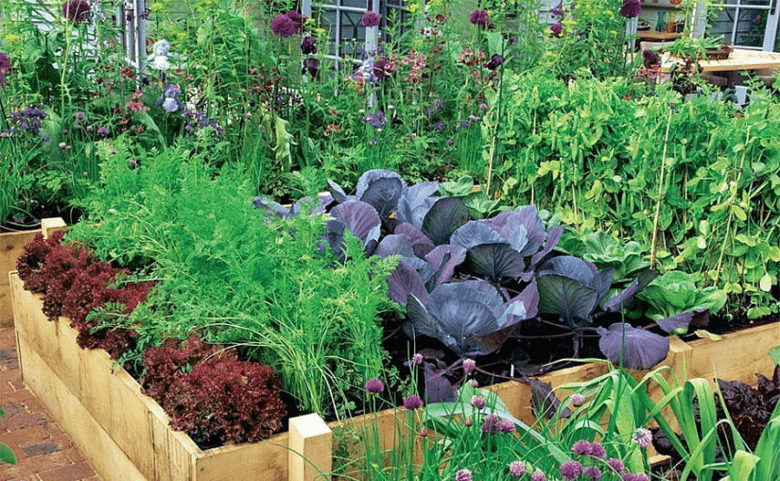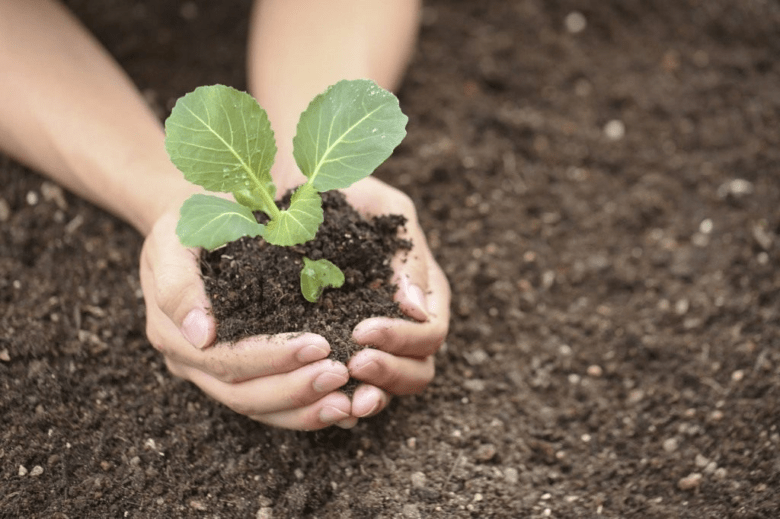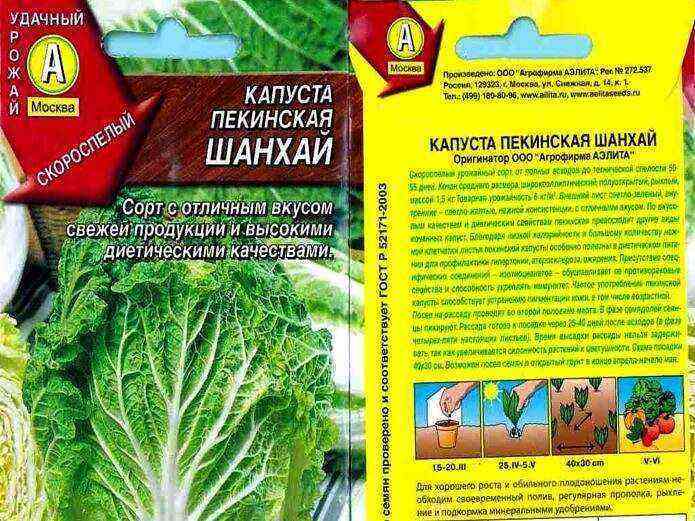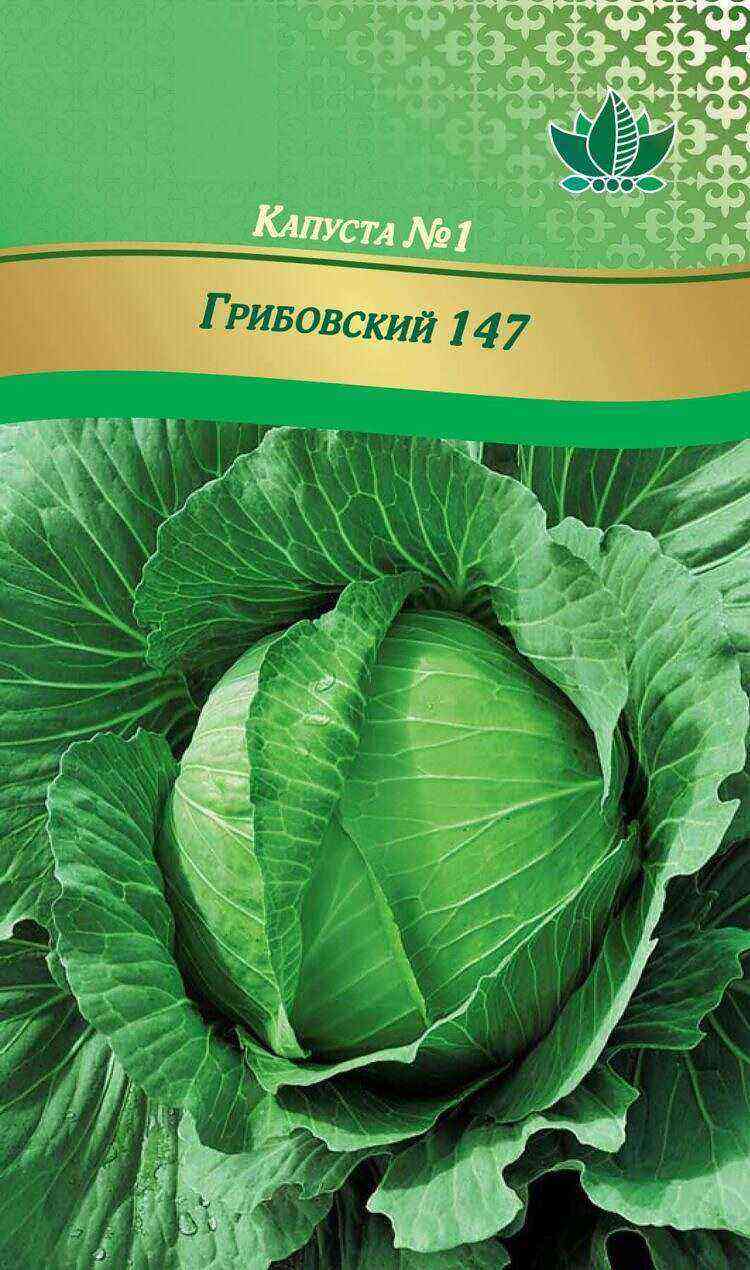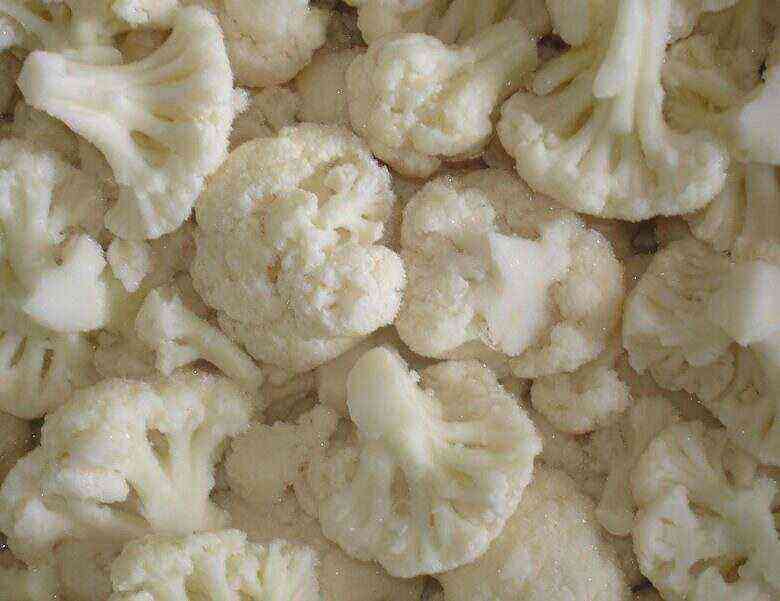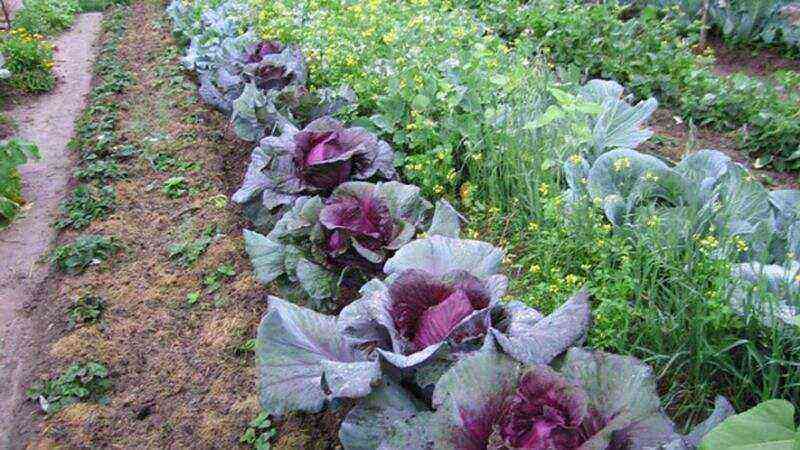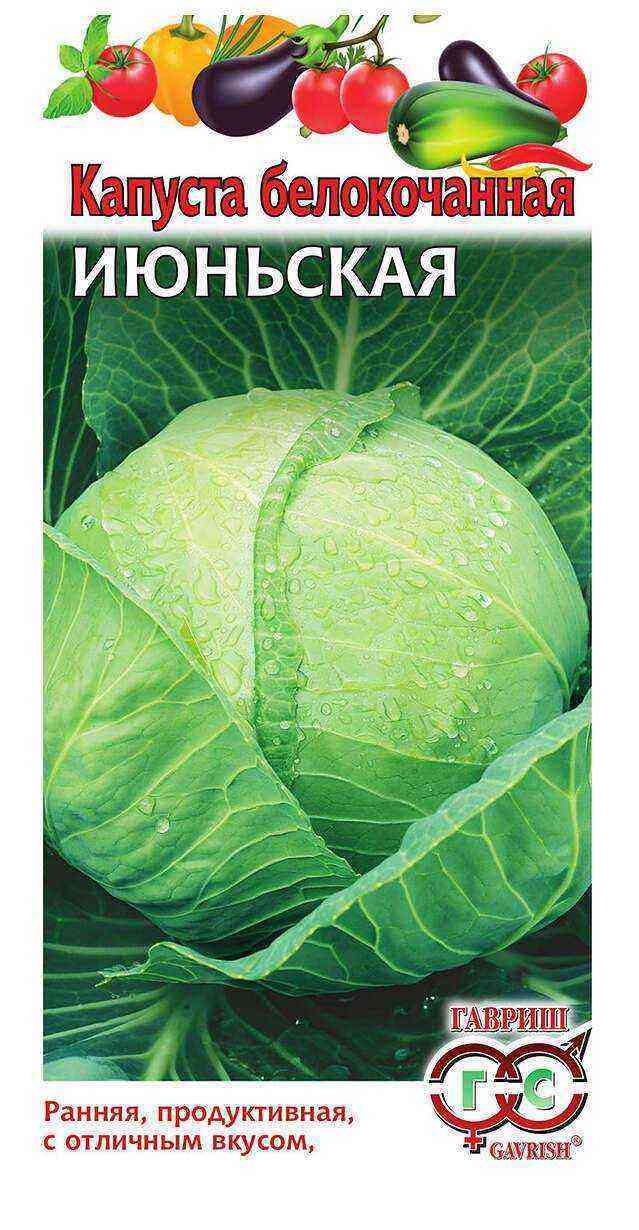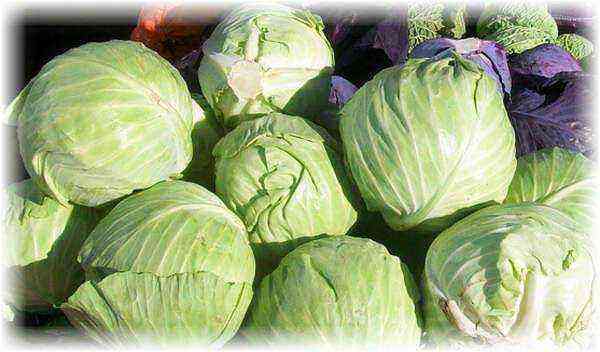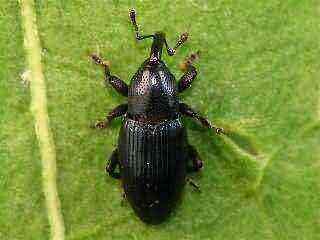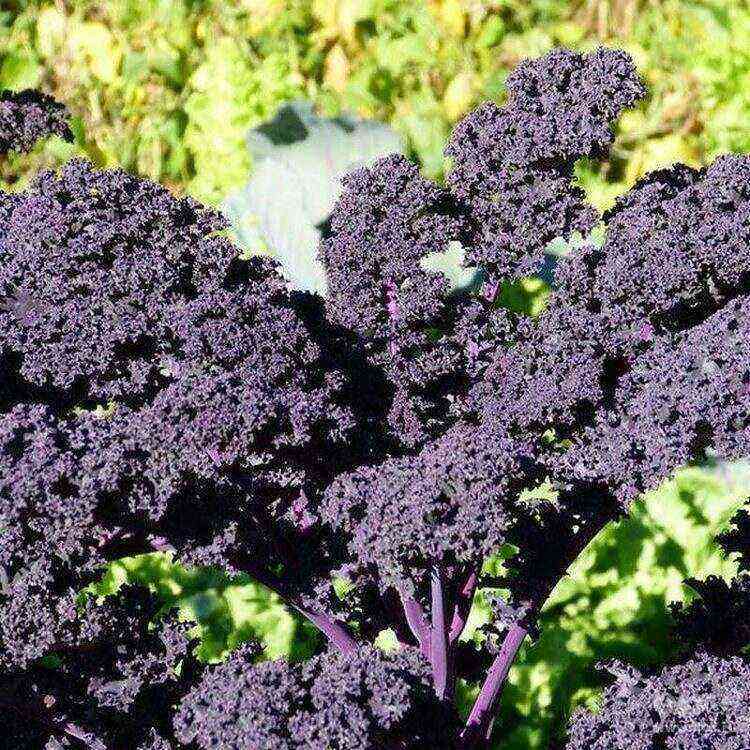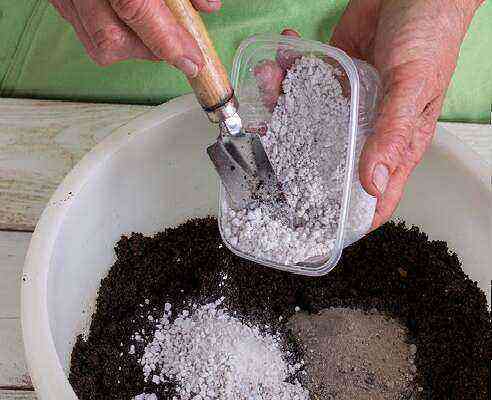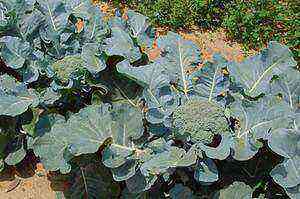Collard greens are the most ancient vegetable plant. Two main types are cultivated: Peking and Chinese. Unlike white cabbage, Chinese cabbage contains more proteins and vitamins, as well as lysine, an amino acid that is very important for our body. Due to its early maturity, in spring, when there is no other greenery, it is one of the main suppliers of vitamins. Peking cabbage leaves are used both for preparing salads and in other dishes. Consider how to grow this culture.
Peking cabbage and its distinctive characteristics
Peking cabbage is a short-day annual plant. Early varieties of this cruciferous vegetable are ready to eat within 40-50 days after germination. The rosette of Peking cabbage is a head of cabbage with tight-fitting corrugated leaves ranging in color from dark green to light green. The plant is demanding on moisture and, if it is lacking, it can go to the flower arrow – this leads to a partial loss of yield.
Peking cabbage – early maturing, rather unpretentious to growing conditions, cold-resistant culture
Which variety to choose for growing
For central Russia, the Urals, Siberia, as well as Belarus, it is preferable to grow varieties and hybrids that are resistant to shooting and have a short growing season. Among the large number of varieties and hybrids offered on the modern market, the following can be recommended:
- Manoko F1 is an early hybrid (matures in 45–48 days). Can be grown both outdoors and indoors. Suitable for re-seeding. Thanks to a well-developed root system, it easily tolerates a lack of moisture and high temperatures. Resistant to shooting. Forms small heads of cabbage weighing up to 1 kg;
Heads of Peking cabbage Manoko F1 reach a weight of 1 kg
- Cha-Cha F1 – extra early hybrid (45-50 days), very productive, has compact heads of cabbage weighing 2,5-3 kg. Recommended for growing in mid-latitudes, in the Urals and Siberia. Can be planted as seedlings and seeds in the ground. After transplanting, the plant takes root well and does not form a flower arrow;
Peking cabbage Cha-Cha F1 is resistant to early flowering
- Spring beauty F1 – early ripe hybrid (55–65 days). Perfect for both spring and autumn cultivation. It bears fruit equally well in open and closed ground. The plant has a dense head of cabbage weighing up to 2 kg with raised leaves, which protects them from fungal diseases. The hybrid is resistant to shooting;
Peking cabbage Spring beauty F1 is characterized by good fruiting
- Lyubasha is a mid-season variety (65–70 days). The plant forms a loose, semi-open head of cabbage with medium-sized yellow-green leaves and weighing from 1,5 to 2 kg. Recommended for cultivation throughout Russia, as well as in Belarus. It grows well both indoors and outdoors and can be grown in spring and autumn circulation. The variety is resistant to the formation of arrows;
Peking cabbage variety Lyubasha is perfectly cultivated both in autumn and in spring.
- Yuki F1 (65–70 days). This hybrid is suitable for both spring and fall cultivation. In the spring turnover, it grows well both in greenhouses and under a temporary film cover. Forms medium-sized heads of intense green color with pale yellow inner leaves. Has resistance to stalking;
Peking cabbage Yuki F1 when grown in autumn can be stored for up to 3 months
- Glass is an old mid-season variety (70 days), bred in the 90s in the Moscow region. It was created for the middle lane and is recommended for cultivation in the summer, since, due to a sufficiently long growing season, it can go into the arrow during spring sowing. Forms a dense head of cabbage weighing up to 2 kg;
Peking cabbage of the Goblet variety perfectly tolerates light shading without losing its taste
- Bilko F1 (70 days). This hybrid is recommended for autumn cultivation. Forms a dense head of cabbage with strongly corrugated green leaves, weighing from 1,5 to 2 kg. It easily tolerates unfavorable climatic conditions such as high temperatures and high humidity, thanks to its well-developed root system. Resistant to shooting. Can be grown both through seedlings and direct sowing into the ground.
Peking cabbage Bilko F1 is resistant to fungal diseases and keeps well for 3 months after harvest
When choosing a variety or hybrid of Peking cabbage, you should pay attention to the ripening time of the product, as well as the plant’s tendency to shoot. Modern seed producers strive to create universal varieties and hybrids that can grow in any climatic conditions and form marketable heads of cabbage weighing from 1,5 to 5 kg.
Growing Chinese cabbage through seedlings
All types of kale do not tolerate transplanting well. Therefore, it is recommended to grow Peking cabbage through seedlings, without damaging the root system, or directly by sowing into the ground.
The timing of planting seeds for seedlings
To obtain early production in film greenhouses, sowing seeds for seedlings begins in February. In order to grow an early harvest, it is possible to sow in greenhouses starting in April.
A film shelter will protect crops and seedlings of Peking cabbage from recurrent spring frosts
Soil Preparation
For seedlings, you should take a soil mixture with a neutral acid reaction, breathable and well absorbing moisture. It should consist of equal parts of turf, sand and high-moor peat. You can also add some coconut fiber for better moisture retention.
In the open field for sowing Peking cabbage, the soil is prepared in the fall. To do this, choose an area where nightshades grew, such as potatoes and tomatoes, onions or carrots. You can not plant a crop after cabbage or other plants of the cruciferous family, as this can lead to diseases and, subsequently, to loss of yield.
Superphosphate acts on plants in several directions at once: it improves metabolism, increases productivity and improves the quality of the crop, improves the development of the root system, accelerates the growth and flowering of plants
Preparation and sowing of seeds
To get good seedlings and a rich harvest, you should purchase fresh seeds from trusted suppliers.
Seeds for planting must be of high quality
For sowing, full-weight, non-wrinkled grains are suitable, which must first be disinfected in a 1% solution of potassium permanganate and soaked in a stimulant (for example, in Epin or Zircon) for better germination.
Sowing is carried out in this way:
- Prepare the potting soil. For sowing seeds, you can purchase a substrate in a store or prepare it yourself in the fall from turf, peat and humus in a 3: 2: 1 ratio.
The right seedling substrate is an important step in growing crops.
- To obtain even seedlings, it is advisable to sow in special cassettes with a cell volume of at least 200 ml, filling them with soil by a third.
The plus in seedling cassettes is that each plant develops in a separate cell, water and nutrients are evenly distributed between them
- Next, 2 seeds are laid out in each cell, deepening them by 1–2 cm.
It is advisable to deepen 2 seeds of Peking cabbage into the cassette so that some of the seedling containers do not remain without seedlings
- The crops are moistened and the containers are covered with a film so that the soil does not dry out.
Moisturizing crops will help seedlings appear faster
- After the emergence of seedlings, the film is removed and one plant, the most developed, is left, and the second is pinched in order not to damage the delicate root system of the seedling.
After the emergence of sprouts of Peking cabbage, it is necessary to leave one strong plant in each cell.
- It is important to observe temperature and humidity. In the period from sowing to germination (approximately 3-8 days), the temperature is maintained at 20-22 оC. After the emergence of shoots – reduced to 17-18 оFrom in the daytime to 14-15 оC – at night. It is undesirable to expose young plants to sudden changes in temperature. This can adversely affect their growth and cause further ejection of the flower arrow.
It is difficult to create a temperature regime in one of the rooms that is different from the temperature in the other rooms. But this difficulty is surmountable if the house has a basement, basement or glazed loggia.
Video: preparing and sowing Chinese cabbage seeds
Planting seedlings in the garden
In late April – early May, you can plant potted seedlings, having previously hardened them. Seedlings by this time usually have at least 4–5 true leaves and a well-developed root system. The soil should warm up to a temperature of 13-15 оC.
When planting in a garden, it is necessary to adhere to the correct spacing between seedlings in order to get a good harvest.
For spring planting, it is recommended to plant seedlings in rows with a distance of 30 cm, leaving 15–20 cm between plants. Summer planting of Peking cabbage begins in mid-July, increasing the distance between plants to 40 and 20–25 cm, respectively.
It is better to plant seedlings in several stages at intervals of 7-10 days to increase the time for harvesting products.
It is not recommended to grow Peking cabbage in greenhouses in summer, as it is quite difficult to maintain a certain temperature regime. At this time, Chinese cabbage is best grown outdoors.
Sowing with seeds in the ground
When growing Chinese cabbage in the open field, it must be borne in mind that this plant is moisture-loving and light-loving. Therefore, it is necessary to choose open, well-lit areas for it. In open ground, seeds are sown in late April – early May, under a temporary film shelter. The garden bed is prepared in the same way as with the seedling growing method.
Sowing can be carried out up to 3-4 times (after germination, that is, with an interval of about a week). This will make it possible to stretch the collection of heads of cabbage for quite a long time, as when growing seedlings.
Growing Chinese cabbage in a greenhouse
It is believed that Chinese cabbage can only grow in warm regions. But this is not the case. This plant feels great in all climatic zones, even those difficult for agriculture, such as the Urals or Siberia. For these regions, it is better to choose early hybrids that are resistant to low temperatures and shooting. However, in the event of a protracted spring or recurrent frosts, it is better to grow Peking cabbage in greenhouses or use temporary shelters.
Indoors, Peking cabbage can be grown from March, and if heated and illuminated, it can be grown throughout the winter, which will make it possible to obtain stable yields all year round. The cultivation technique in greenhouses and in the open field is similar. The only difference may be that for the greenhouse, it is better to choose early, universal hybrids that are resistant to shading.
Peking cabbage care
When growing a crop, it is necessary to pay attention to the length of daylight hours, feed it with nitrogen fertilizers and water it well. If these conditions are met, it will be possible to get a good harvest.
Duration of daylight hours
Peking cabbage reacts to an increase in daylight hours: when it lasts more than 12-13 hours, it stops forming a head of cabbage and throws out a flowering arrow. Therefore, if the planting was delayed due to weather conditions, a short daylight hours should be artificially created by covering the plants with an opaque material.
Additional fertilizing
The vegetable responds well to fertilizing with nitrogen fertilizers, so it should be fed 10-15 days after planting the seedlings, and the plants sown with seeds – after the first true leaves appear. The interval between dressings can be 10-14 days, and the application rate is 60-80 g per 1 m2. Do not increase the fertilization rate, as this can cause the accumulation of nitrates in the leaves.
Urea for Chinese cabbage is used, diluting 20-30 g in 10 liters of water, pouring 1 liter per bush
Watering and loosening
Since Peking cabbage is a moisture-loving plant, when growing it, you should have a water source near the garden bed or (the best option) carry out drip irrigation, which will allow you to regularly irrigate during the dry season.
For good crop growth and the formation of marketable heads, it is necessary that the soil moisture level is about 80%. It is especially important to maintain this level during summer crops in July and August, when, due to a lack of moisture in the soil and high air temperatures, the plant can slow down its growth or throw out a flower arrow.
After watering, it is necessary to loosen the soil to destroy the surface crust. Loosen until the leaves close between the rows of plants.
Video: mistakes when growing Chinese cabbage
Treatment of diseases and pests
Peking cabbage, like white cabbage, is affected by pests and diseases. However, during spring planting, a “run” is formed with the help of seedlings, which makes it possible to “get away” from the cruciferous flea, which makes it possible to exclude one treatment. But if there is a suspicion that it will not be possible to avoid defeat, it is necessary to shed the seedlings before planting with a 0,2% solution of Aktara. The consumption rate for this treatment is 1 liter of solution for 250 plants.
In the case of sowing with seeds in the ground, it is enough to cover the emerging seedlings with a non-woven cloth, which will make it possible to keep young shoots from the pest.
With summer sowing, especially in a rainy summer, mucous and vascular bacteriosis can develop. In order to avoid an outbreak of diseases, preventive spraying of plants is carried out:
- after the seedlings start to grow – fungicide Ridomil Gold MC 68 WG (30-40 ml / m2);
- 14 days before harvest – fungicide Quadris 250 SC (60 ml / m2).
When spraying plants, you should remember the waiting times after treatment and adhere to the necessary measures related to safety when working with chemicals.
Video: tips for growing Chinese cabbage
Collection times and storage methods for Chinese cabbage
You can start picking Peking cabbage selectively, after the head of cabbage acquires a characteristic density and reaches a weight of 0,5-1 kg. Plants grown in spring circulation can be stored in the refrigerator for 7 days, previously wrapped in plastic wrap.
Cabbage grown during summer planting can be stored in the refrigerator or cellar for 3 months. To do this, it is wrapped in foil and placed in boxes. Heads of cabbage should be periodically inspected to remove decaying leaves. The storage temperature should be no higher than +2 оС, and humidity – not less than 90%.
Unfortunately, Peking cabbage is still not often grown enough in private plots due to the misconception that it cannot grow on the territory of Russia or Belarus. This is not true. The modern market presents a huge variety of varieties and hybrids, among which you can find suitable for successful cultivation in these countries.

